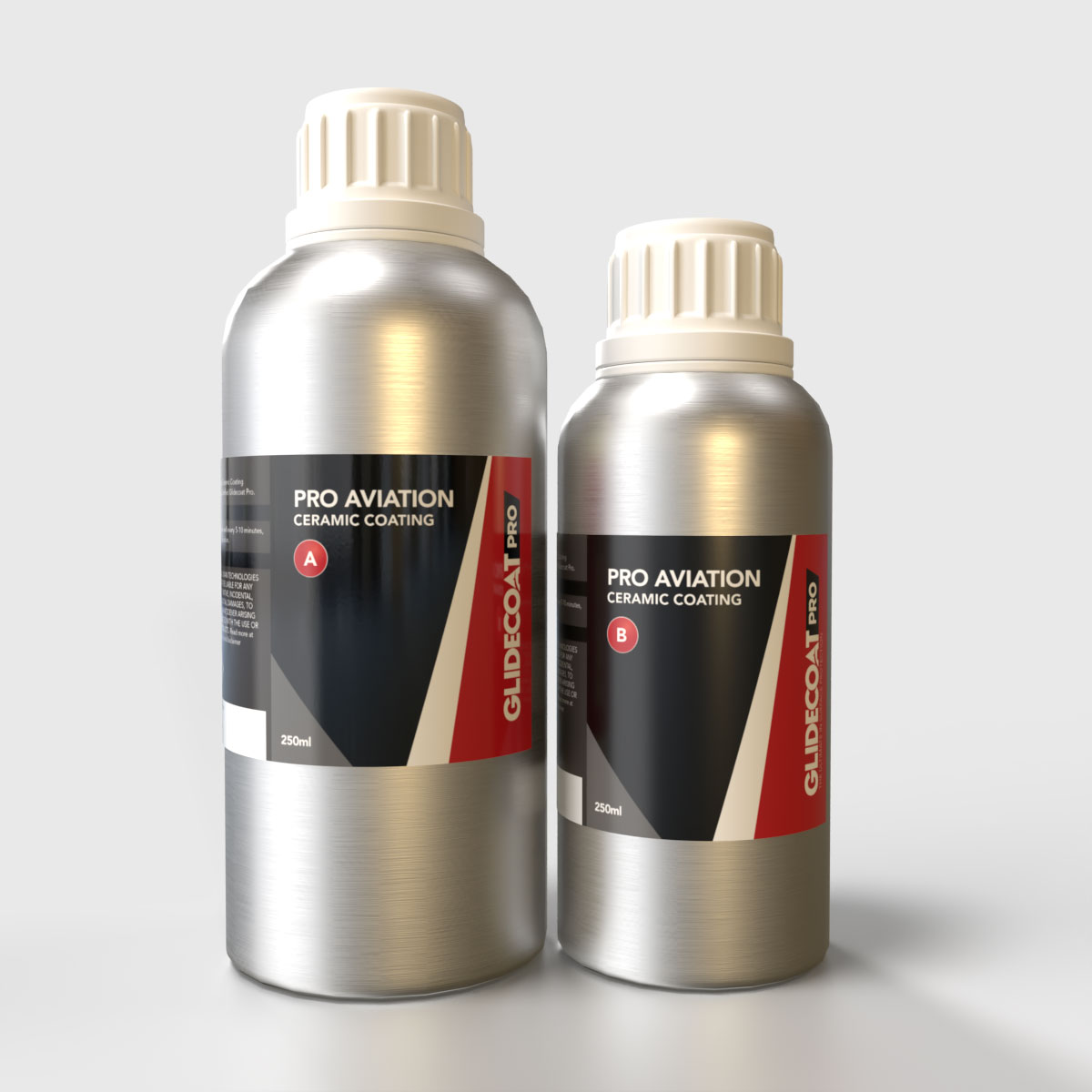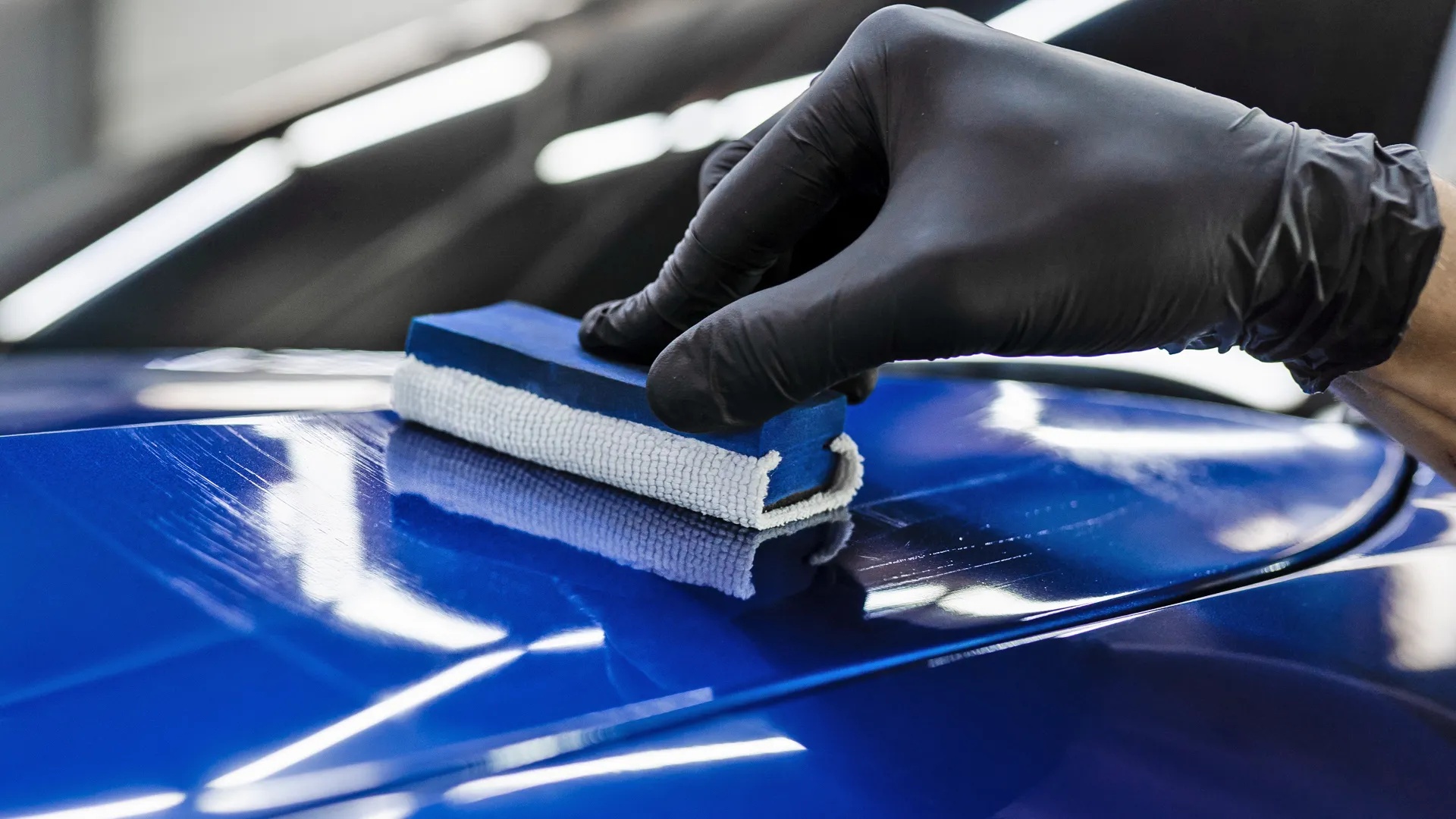Exactly How Ceramic Coating Philadelphia Saves Time and Money on Upkeep
Exactly How Ceramic Coating Philadelphia Saves Time and Money on Upkeep
Blog Article
Why Ceramic Coating Is the Ultimate Service for a Remarkable Finish
Ceramic finishing has become a leading option for those seeking a remarkable finish for their vehicles, many thanks to its exceptional resilience and protective functions. This advanced fluid polymer not just bonds perfectly with factory paint yet also supplies a formidable obstacle versus common risks such as scrapes, UV rays, and environmental toxins. Its hydrophobic homes simplify maintenance while boosting aesthetic charm. Comprehending exactly how this innovation compares to standard techniques and discovering its application subtleties can reveal even more about its worth. What variables absolutely established ceramic finishing apart?
What Is Ceramic Covering?

When used properly, ceramic finish produces a hydrophobic surface area that repels water and dirt, making it less complicated to preserve and clean. Unlike standard waxes or sealants, which typically supply short-term defense, ceramic finishings can last for several years, relying on the item high quality and application technique. The process of applying ceramic finishing requires precise prep work, consisting of complete cleaning and occasionally repaint adjustment, to make sure optimum bonding and performance.
Ceramic finishings are not limited to auto surfaces; they can additionally be used on numerous materials, consisting of glass, metal, and plastics, giving a functional solution for improving protection. Overall, ceramic coating represents a considerable development in surface area protection technology, integrating both visual and useful advantages for a vast array of applications.
Benefits of Ceramic Finishing
While lots of surface defense alternatives exist, the benefits of ceramic layer stick out as a result of its distinct residential properties and long-lasting efficiency. Among the main advantages is its outstanding longevity. Ceramic Coating Philadelphia. Unlike conventional wax or sealers that need constant reapplication, ceramic coatings supply a durable layer that can last for a number of years, substantially reducing upkeep initiatives
An additional significant advantage is enhanced security versus ecological contaminants. Ceramic coatings develop a hydrophobic surface area that drives away water, dust, and various pollutants, making it much easier to clean. This feature not just protects the lorry's look however also reduces the risk of corrosion and oxidation, particularly in severe weather.
Additionally, ceramic finishings provide superior resistance to UV rays, protecting against fading and degradation of paint in time. This UV security is vital for preserving the visual worth of cars and surface areas subjected to direct sunlight.
Furthermore, the shiny finish accomplished with ceramic finish enhances the total visual charm, giving surface areas a showroom-quality luster. Overall, ceramic finishings represent a considerable innovation in surface area security innovation, offering enduring advantages that satisfy both useful and visual needs.
Exactly How It Works
Understanding the science behind ceramic layers discloses exactly how they give such remarkable defense and long life. At its core, a ceramic covering is a liquid polymer that chemically bonds with the car's factory paint. This bonding produces a protective layer that is both hydrophobic and oleophobic, repelling water, dust, and oil. The key component of a lot of ceramic coatings is silicon dioxide (SiO2), which is originated from quartz. This compound adds to the coating's solidity and resistance to scratches, UV rays, and ecological impurities.
The application process entails several steps, including surface area prep work, which is vital to achieving optimum bond. When applied, the finish goes through a healing process, throughout which it sets and creates a semi-permanent bond with the paint surface area. This bond is what identifies ceramic finishes from typical waxes and sealers, giving a longer-lasting protective obstacle that can endure for many years.
Moreover, the density of the covering can boost its protective qualities, guaranteeing that it can stand up to severe problems. Inevitably, the scientific research of ceramic coverings combines advanced materials with cutting-edge application methods to deliver an exceptional level of security and visual enhancement for vehicles.
Contrast With Traditional Techniques
When compared to typical paint protection approaches such as sealants and waxes,The advantages of ceramic coverings become especially noticeable. While waxes provide a momentary sparkle, generally lasting a couple of weeks to a pair of months, ceramic finishes give a lasting protective layer that can endure for a number of years. This toughness significantly minimizes the regularity of reapplication, making ceramic coverings an extra affordable service with time.
In addition, standard techniques typically call for comprehensive preparation and numerous applications to attain a satisfactory level of defense. On the other hand, ceramic finishes bond at a molecular level with the automobile's surface area, producing a robust shield against environmental impurities like UV rays, acid rain, and roadway salts. This bond enhances the lorry's resistance to scrapes and swirl marks, which are prevalent with typical waxes and sealers.
Moreover, the hydrophobic residential or commercial properties of ceramic layers repel water and dirt, bring about much easier cleansing and upkeep. In contrast, wax and sealant-treated surface areas can attract grime, demanding more constant washing - Ceramic Coating Philadelphia. On the whole, ceramic coatings not only give premium defense however likewise supply an extra enduring and visually appealing finish, establishing them as the preferred choice for critical car owners
Application and Upkeep Tips

Making use of a foam applicator, apply the layer in small sections, following the supplier's standards regarding thickness and overlap. Permit adequate treating time between layers, commonly 24 hr, to ensure proper bonding. After application, it is critical to prevent direct exposure to water or extreme components for a minimum of a week to allow the coating to totally treat.
In addition, using a ceramic upkeep spray can enhance the finish's hydrophobic residential or commercial properties and long life. Routine inspections for any indications of wear will certainly help preserve the covering's integrity and protect that pristine finish.
Final Thought
In final thought, ceramic layer arises as a premium option for attaining a remarkable vehicle coating. By developing a robust bond with factory paint, ceramic covering efficiently guards against scratches, UV rays, and environmental pollutants.

Report this page